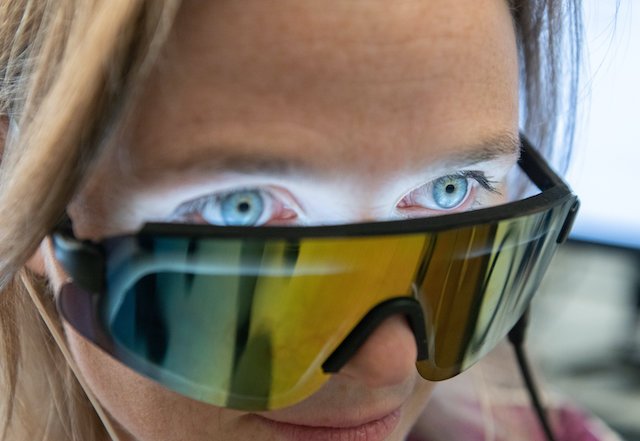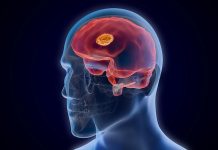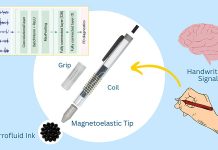
For over a century, Alzheimer’s disease has confounded all attempts to treat it.
But in recent years, perplexing experiments using flickering light have shown promise.
In a new study, researchers have tapped into how the flicker may work.
They discovered in the lab that the exposure to light pulsing at 40 hertz—40 beats per second—causes brains to release a surge of signaling chemicals that may help fight the disease.
This new study is directly connected to human trials, in which Alzheimer’s patients are exposed to 40 Hz light and sound.
The research was conducted by a team at the Georgia Institute of Technology and elsewhere.
Alzheimer’s strikes, with few exceptions, late in life. It destroys up to 30% of a brain’s mass, carving out ravines and depositing piles of amyloid plaque, which builds up outside of neurons.
Inside neurons, phosphorylated tau protein forms similar junk is known as neurofibrillary tangles suspected of destroying mental functions and neurons.
After many decades of failed Alzheimer’s drug trials costing billions, flickering light as a potentially successful Alzheimer’s therapy seems surreal even to the researchers.
The 40 Hz frequency stems from the observation that brains of Alzheimer’s patients suffer early on from a lack of what is called gamma, moments of gentle, constant brain waves acting as a dance beat for neuron activity.
Its most common frequency is right around 40 Hz, and exposing mice to light flickering at that frequency restored gamma and also appears to have prevented heavy Alzheimer’s brain damage.
Adding to the team, gamma has also been linked to esoteric mind expansion practices, in which practitioners perform light and sound meditation.
Then, in 2016, research connected gamma to working memory, a function key to a train of thought.
In the current study, the surging cytokines hinted at a connection with the microglial activity, and in particular, the cytokine Macrophage Colony-Stimulating Factor (M-CSF).
The 40 Hz stimulation did not need long to trigger the cytokine surge. The team found an increase in cytokines after an hour of stimulation.
Perhaps about 15 minutes was enough to start processes inside of cells and about 45 more minutes were needed for the cells to secrete cytokines. It is too early to know.
As controls, the researchers applied three additional light stimuli, and to their astonishment, all three had some effect on cytokines. But stimulating with 20 Hz stole the show.
The team is thinking different kinds of stimulation could potentially become a platform of tools in a variety of contexts like Parkinson’s or schizophrenia.
Many neurological disorders are associated with immune response.
The research team warns against people improvising light therapies on their own, since more data is needed to thoroughly establish effects on humans, and getting frequencies wrong could possibly even do damage.
The lead author of the study is Kristie Garza, a graduate research assistant.
The study is published in The Journal of Neuroscience.
Copyright © 2019 Knowridge Science Report. All rights reserved.



